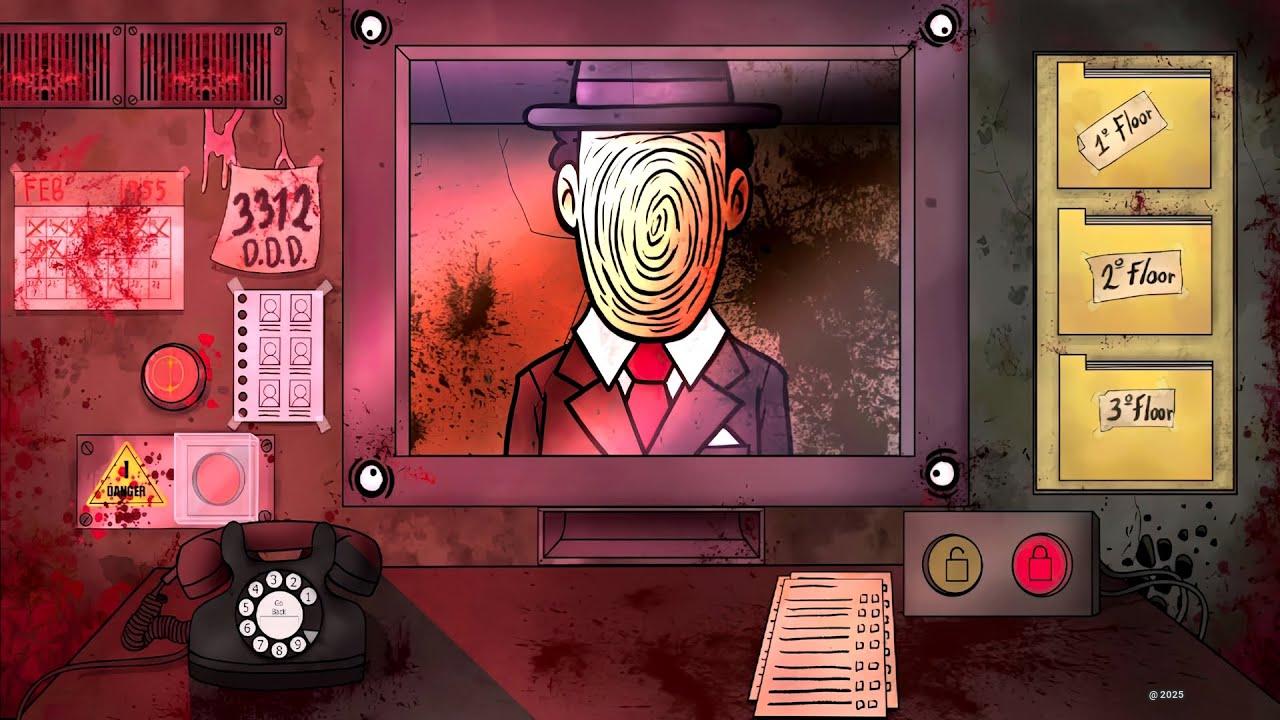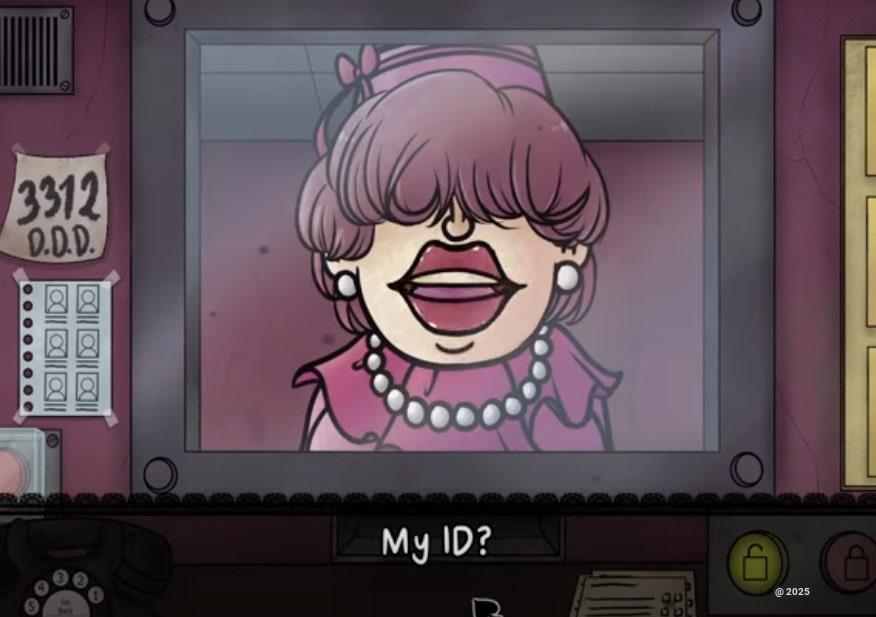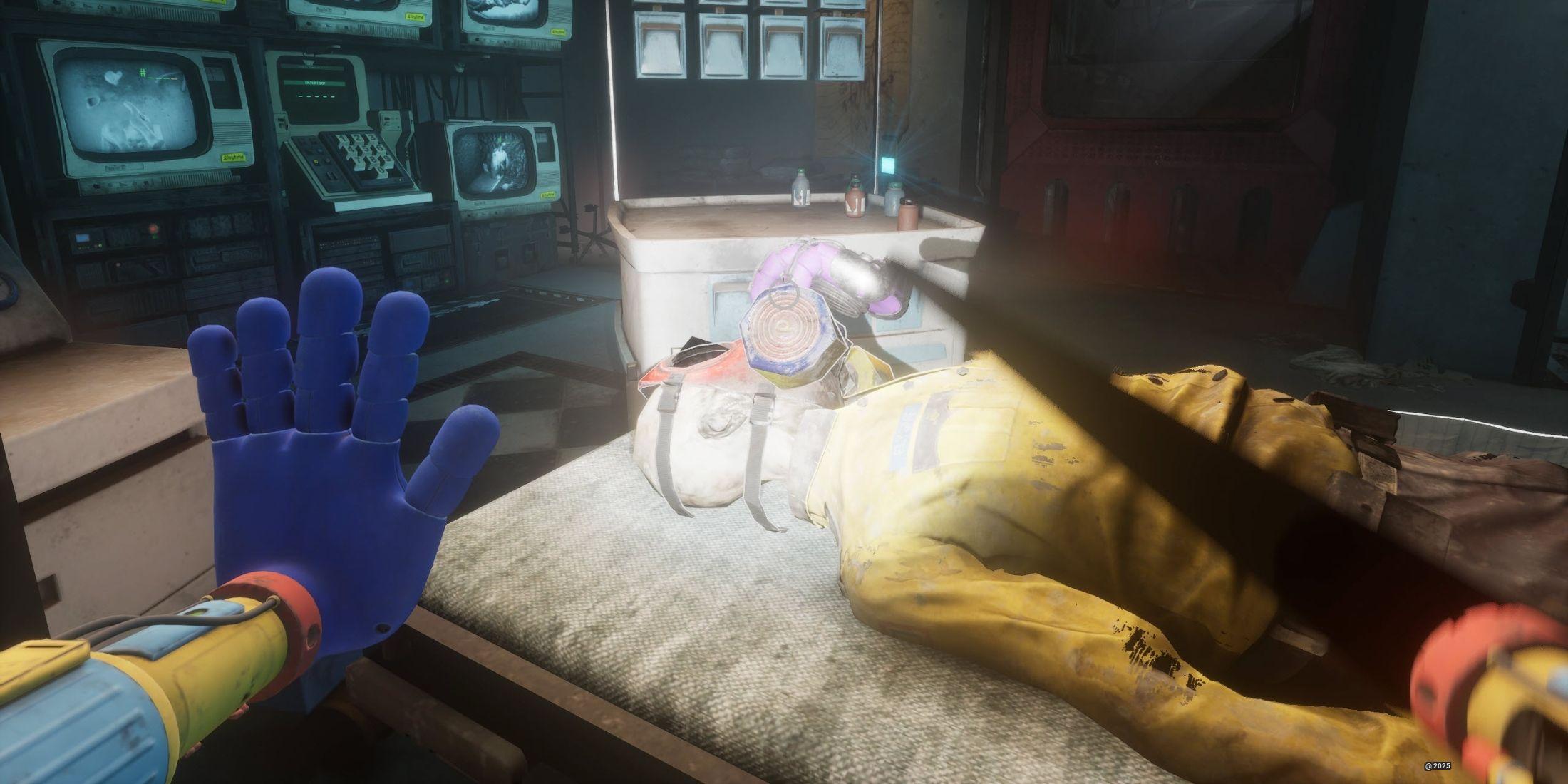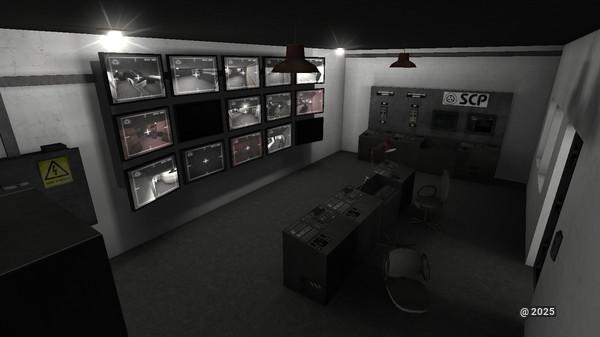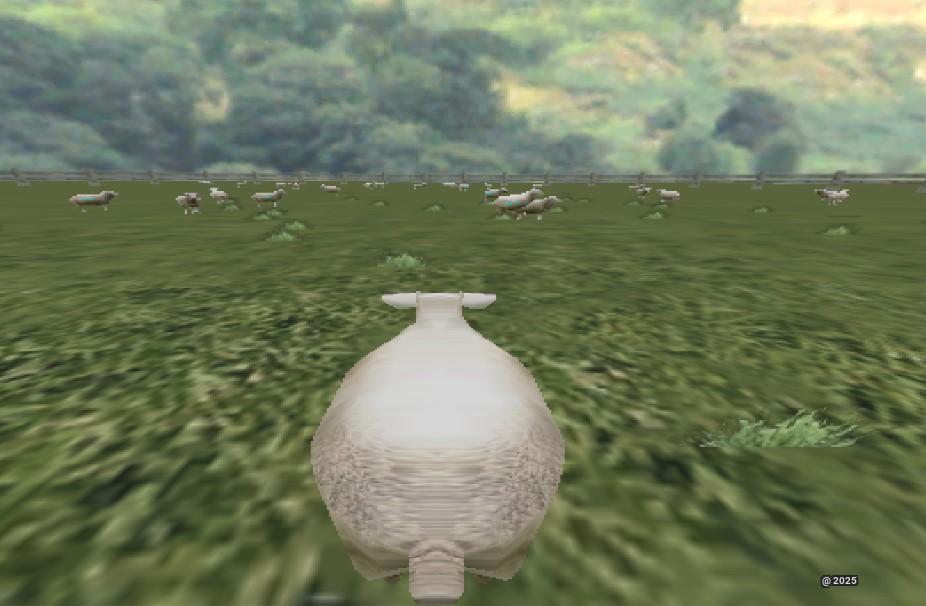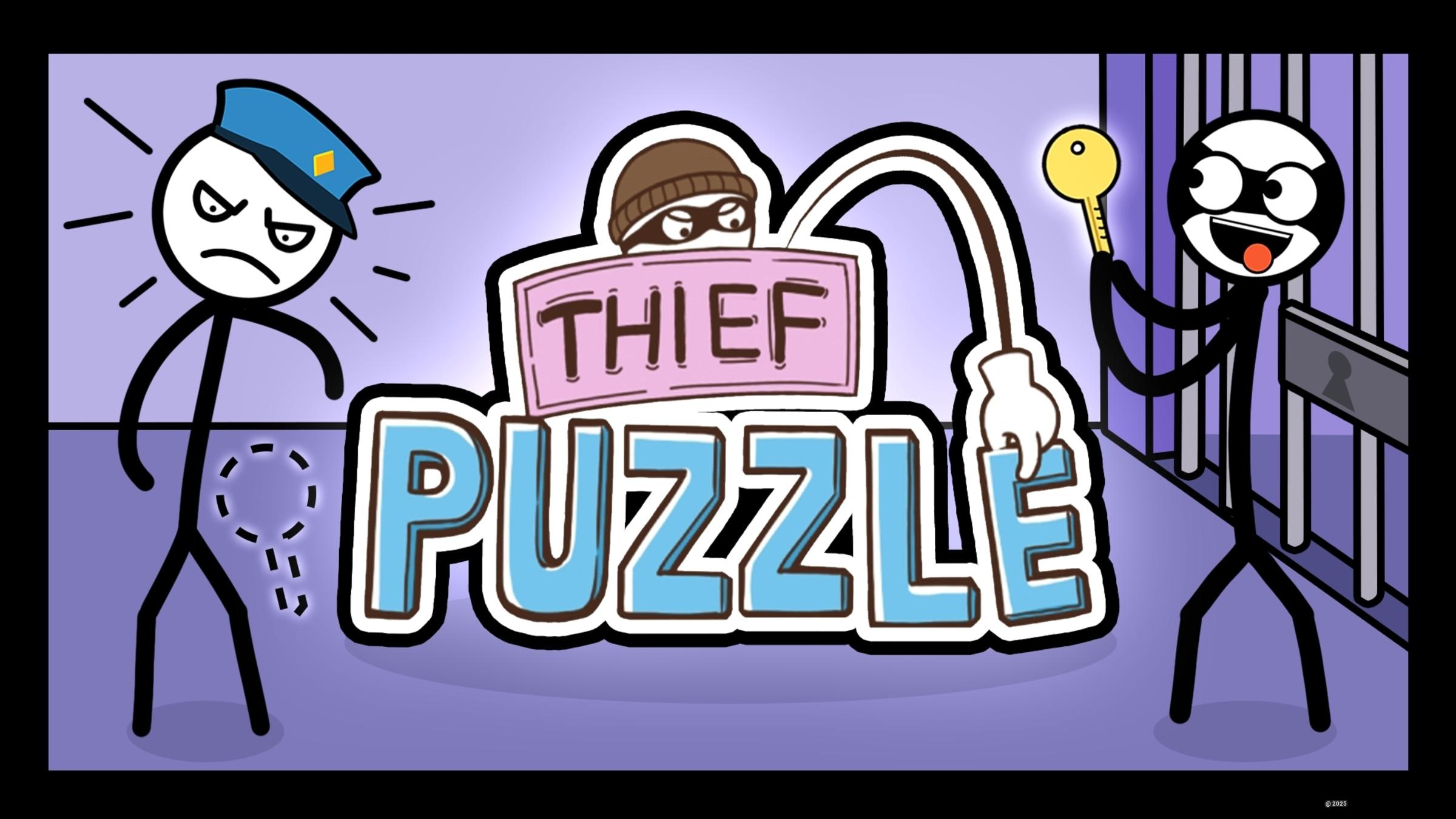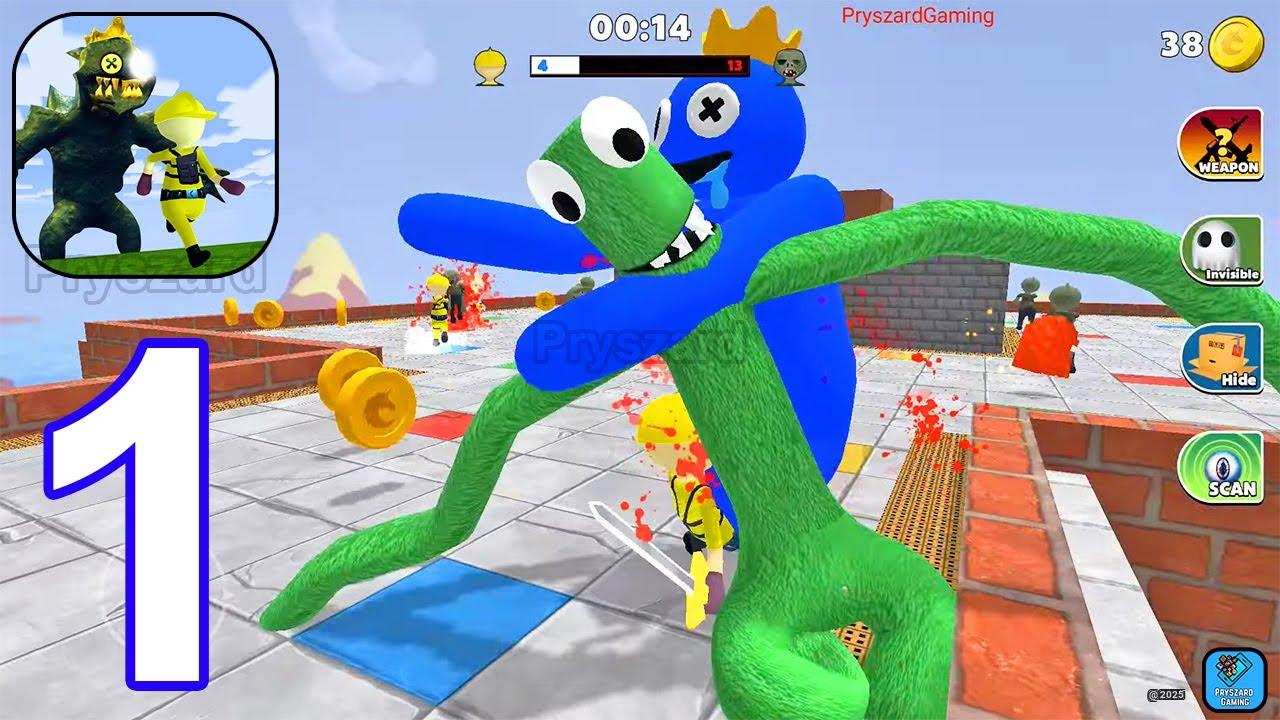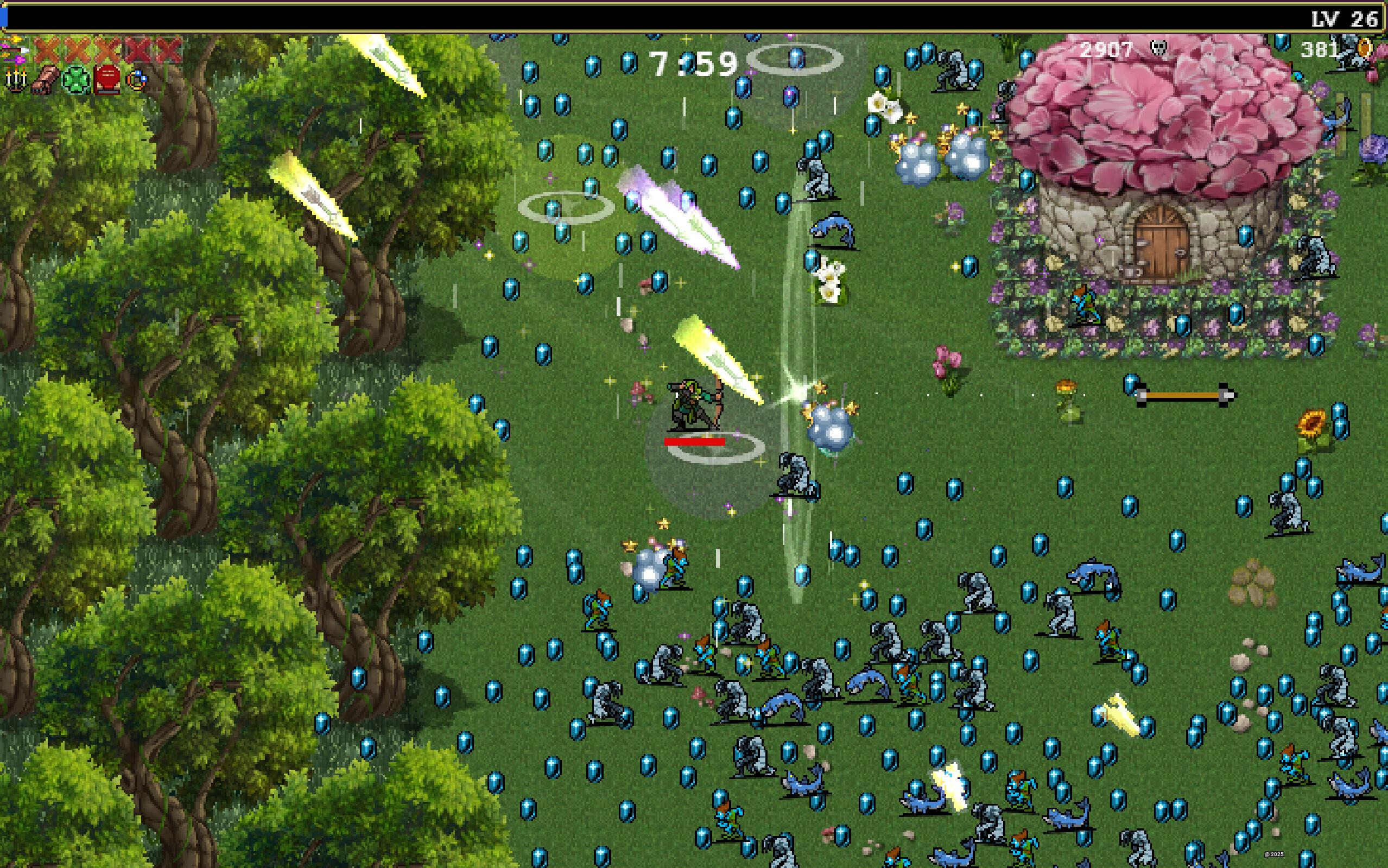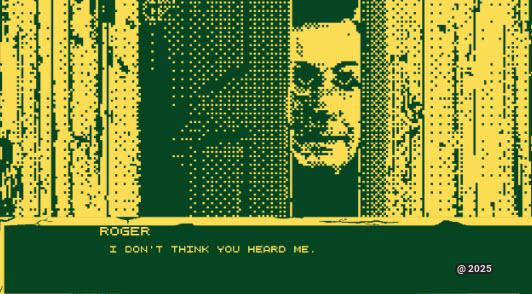Seeing Things is not just a game; it’s an experience that challenges your perception and keeps you on the edge of your seat. This unique horror game immerses players in a world where vigilance is key and every flicker on the screen could mean the difference between survival and doom.
Unlike traditional horror games that rely on jump scares, “Seeing Things” turns the act of observation into a thrilling challenge, pushing players to identify over 500 unsettling anomalies hidden within the camera feeds.
Why should you care about this game? Here are some key takeaways:
- Psychological Horror: Experience a tension-filled atmosphere that plays on your fears without relying on cheap scares.
- Test Your Skills: Hone your observation and memory skills as you navigate through various difficulty levels.
- Unique Gameplay: Engage with a blend of horror and dark humor, where bizarre anomalies keep every session fresh and unpredictable.
- Cognitive Challenge: Explore the psychological phenomenon of change blindness, making every detail crucial to your survival.
Get ready to dive into a world where seeing is not just believing—it’s surviving.
About Seeing Things
Seeing Things has me on edge in ways other horror games never did. Unlike games that make you run from monsters, Seeing Things puts you behind a wall of screens, watching and waiting. Your job? Spot over 500 weird things that shouldn’t be there.
What makes this game so fresh is how it plays with your mind. I’m not running down dark halls or fighting off zombies. Instead, I’m glued to security feeds, my eyes darting from screen to screen. The stress builds as I try to catch every odd thing that pops up. Is that chair in the same spot as before? Did that picture just change? Was that shadow there a second ago?
The game taps into a fear we all know too well - the sense that something’s not quite right. We’ve all had those moments when we think we saw something move from the corner of our eye. Seeing Things takes that feeling and turns it into a full game.
Change blindness is what makes this game so scary. It’s that trick our brains play when we miss changes right in front of us. The game uses this against you, making tiny shifts you might not catch if you blink.
“The most scary things are those we think we see but can’t be sure of. Seeing Things plays with that fear in ways that keep me up at night.” - My gaming journal, day 7
The setting is simple but works so well. You sit in a small room with screens showing feeds from all over a building. The lights are dim, and the only sounds are the hum of your gear and the soft static from the feeds. This setup makes every tiny change feel huge and scary.
What I love most is how the game mixes fear with odd humor. Some things you spot are truly scary - like faces that show up where they shouldn’t. But others are just weird - like a plant that grows as you watch or books that stack by themselves. This mix keeps me on my toes, never knowing if the next thing I spot will make me laugh or scream.
Seeing Things also does a great job with its story, which you piece together by finding clues in the feeds. Why are you watching these screens? What’s causing these strange events? The answers come slowly as you play, adding depth to what could have been just a simple spot-the-difference game.
| Game Element | How It Creates Fear |
|---|---|
| Security Feeds | Limited view creates tension |
| Subtle Changes | Makes you doubt what you see |
| Ambient Sounds | Builds a sense of dread |
| Time Pressure | Adds stress to each session |
For those who love mind games more than jump scares, Seeing Things hits the sweet spot. It’s a test of how well you can trust your eyes and memory. Each time I play, I find myself leaning closer to my screen, afraid to miss even the smallest detail that might be the difference between winning and losing.
Gameplay and Mechanics
The core of Seeing Things is all about being sharp-eyed and quick to spot changes. I spend each game session scanning through camera feeds, looking for things that seem off. The game throws over 500 unique anomalies at you across many play sessions, so it never feels stale.
When I first started playing, I had to learn what counts as an “anomaly.” These range from:
- Physical shifts - Objects moving on their own
- Appearance changes - Items changing color or shape
- Strange figures - Shadows or forms that shouldn’t be there
- Reality breaks - Physics-defying events like floating items
- Visual glitches - Distortions in the camera feed itself
The controls are simple, which I love. I use my mouse to switch between cameras and click on anomalies when I spot them. The game gives me a soft “ping” when I’m right, and a harsh buzz when I’m wrong. Making too many wrong calls can end your game, so I’ve learned to be sure before I click.
I’ve found that the game has a nice curve to its challenge. The three difficulty levels really change how you play:
| Difficulty | Anomaly Visibility | Time to Spot | False Clicks Allowed |
|---|---|---|---|
| Easy | Very clear changes | Longer window | More forgiving |
| Normal | Subtle changes | Medium window | Some room for error |
| Hard | Tiny changes | Brief window | Almost no margin |
On hard mode, I’ve had to train my brain to notice the smallest shifts. A book tilted at a new angle. A plant with one more leaf. A shadow that’s a touch darker. It’s made me more aware in real life too - I now notice when my wife moves things in our house!
The game adds depth with its scoring system. Each anomaly has a point value based on how hard it is to spot. Some are worth just a few points, while the really tricky ones can net you hundreds. My high score is 12,467, but I’ve seen folks online with scores over 20,000.
How to Play Seeing Things Game
When you first boot up Seeing Things, you’ll want to take some time to learn the ropes. Here’s what I wish I’d known when I started:
- Learn your cameras - Each feed shows a different room. Get to know what each room looks like normally so changes stand out.
- Develop a scan pattern - I go left to right, top to bottom on each screen, then switch cameras. Find what works for you.
- Trust your gut - If something feels off but you can’t place why, keep watching that area. Your brain might be picking up on something subtle.
- Use sound cues - The game has soft audio hints. A faint creak might mean something’s moving. I play with headphones to catch these.
- Take breaks - Eye strain is real! I play for 30 minutes, then rest my eyes for 5.
Visual attention is key to success. I’ve found that unfocused looking (what some call “soft eyes”) helps me catch movement, while focused looking helps confirm details.
“What’s the best strategy for Seeing Things? Don’t stare too hard at any one spot. Let your eyes relax and scan slowly. The changes will pop out more.”
The game tracks your stats, which I find super helpful for improving. It shows:
- Your accuracy rate
- Average time to spot anomalies
- Most commonly missed anomaly types
- Your best and worst cameras
I use these stats to work on my weak spots. For example, I learned I was missing a lot of subtle color changes, so now I pay extra attention to those.
Seeing Things also has daily challenges that keep me coming back. Each day offers a new set of feeds with unique anomalies. Completing these earns you special badges and unlocks new camera locations. I’ve unlocked the basement feeds, which are extra creepy with their poor lighting and weird noises.
The psychological aspect of the game can’t be overstated. I’ve found myself becoming paranoid after long play sessions. The game trains you to question everything you see, which carries over into real life in weird ways. Last week, I stared at my coffee mug for a full minute because I couldn’t remember if the handle was on the left or right!
For new players, I suggest starting with these steps:
- Play the tutorial fully - it shows examples of all anomaly types
- Start on easy mode to train your eye
- Keep sessions short at first to avoid eye strain
- Use the pause feature if you need a moment to think
- Don’t be afraid to switch cameras often
Similar Games
Final Words
Seeing Things transcends the boundaries of conventional gaming, offering an immersive experience that redefines horror. Players are thrust into a world where every detail matters, and the act of observation becomes a thrilling challenge. Rather than relying on predictable jump scares, this game invites players to uncover over 500 unsettling anomalies hidden within camera feeds, creating a unique blend of psychological tension and dark humor.
The gameplay is not just about survival; it’s a test of one’s observational prowess and memory. As players navigate various difficulty levels, they engage with a cognitive challenge that highlights the psychological phenomenon of change blindness. This makes each session unpredictable and engaging, ensuring that no two experiences are alike.
Ultimately, “Seeing Things” captivates with its innovative approach to horror, compelling players to sharpen their senses and confront their fears. It’s a game that demands attention and rewards those who dare to look closely, proving that in this world, seeing is truly a matter of survival.


